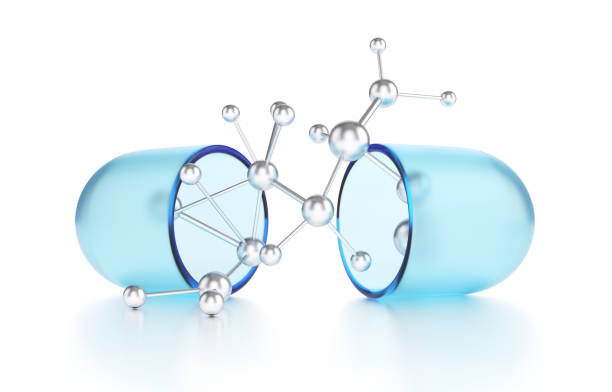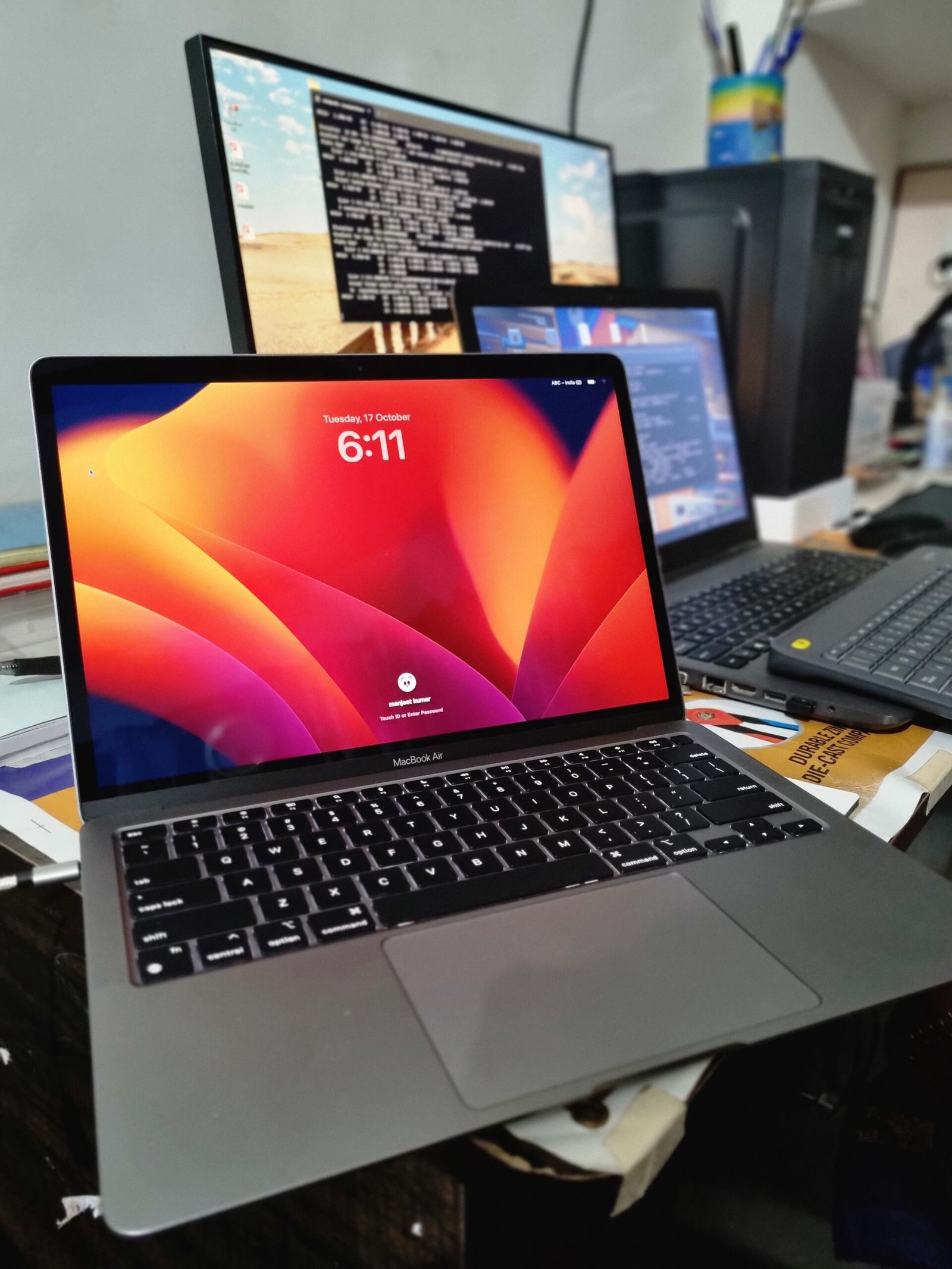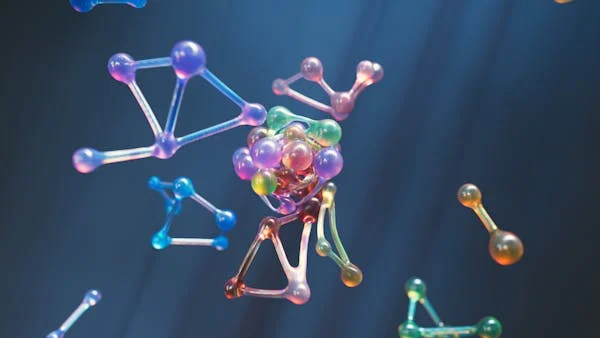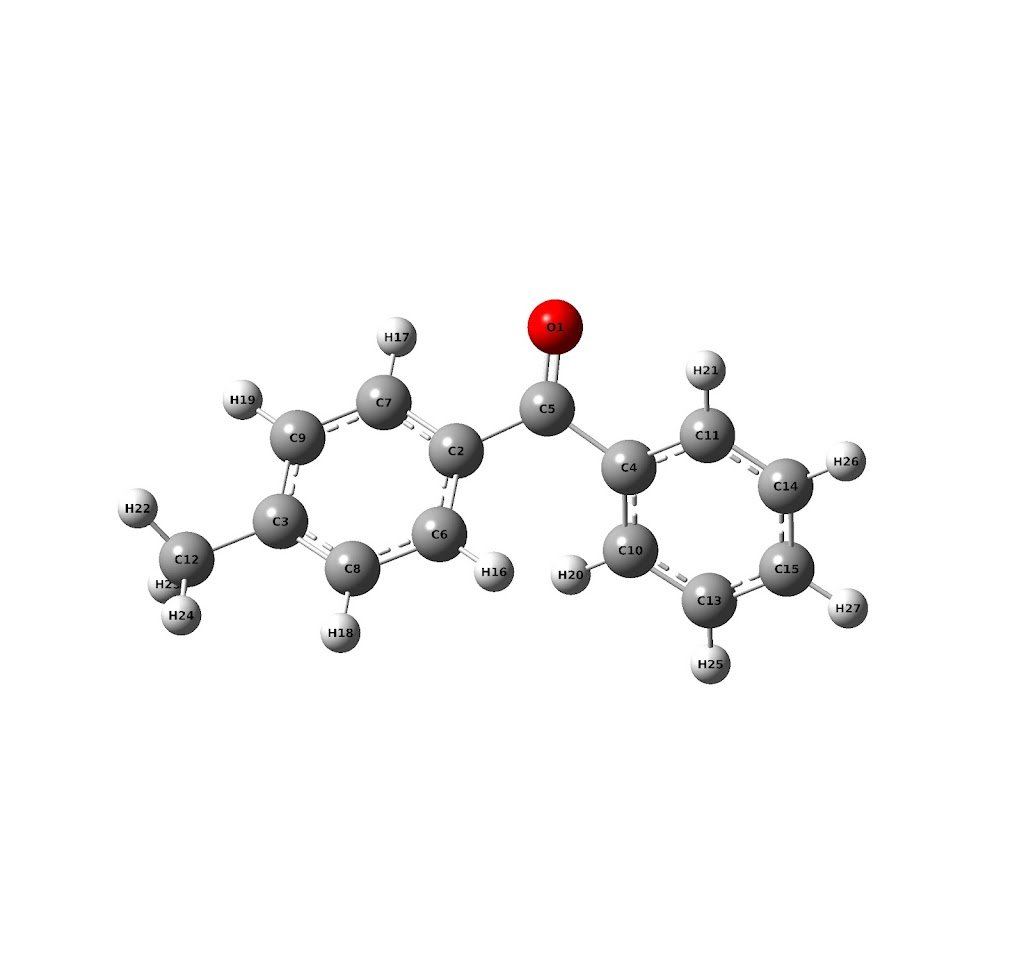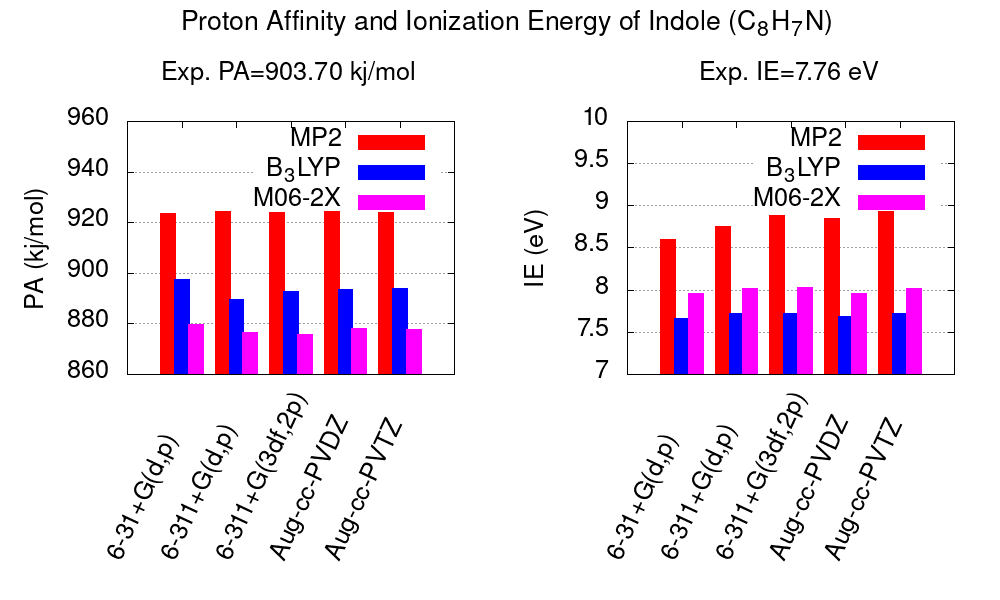Introduction Chemical ionisation mass spectrometry (CI-MS) is a powerful analytical technique used to identify and quantify the composition of chemical compounds. In CI-MS, ion-molecule reactions play a crucial role in the formation of ions that are subsequently detected and analyzed. Read more…
Proton Transfer Reaction Mass Spectrometry: Analyzing Volatile Organic Compounds in Food Science
Introduction Proton Transfer Reaction Mass Spectrometry (PTR-MS) is a powerful analytical technique that has gained significant attention in the field of food science. It allows for the rapid and non-destructive analysis of volatile organic compounds (VOCs) in various food samples. Read more…
Exploring Volatile Organic Compounds Related to Phthalates: Understanding their Health Concerns
Exploring Volatile Organic Compounds Related to Phthalates: Understanding their Health Concerns In the modern world, we are surrounded by countless substances, some of which harbor hidden dangers to human health. Among these are volatile organic compounds (VOCs) associated with phthalates, Read more…
Unveiling the Veil of Volatile Organic Compounds: Cork Taint in Wine and Beverages Wine connoisseurs savor the intricate flavors and aromas that dance on their palate with each sip. Yet, amidst the symphony of sensations, there lies a potential spoiler Read more…
Volatile Organic Compounds (VOCs) in Food Packaging Food packaging plays a crucial role in preserving food quality, extending shelf life, and preventing contamination. However, certain types of packaging materials can release volatile organic compounds (VOCs) into the food they contain. Read more…
Chemical and Physical Parameters of the analyte The molecular properties of a neutral molecule are important in proton transfer reaction mass spectrometry (PTR-MS) because they affect the probability of the molecule undergoing proton transfer. Gas-phase molecular properties, such as proton Read more…



